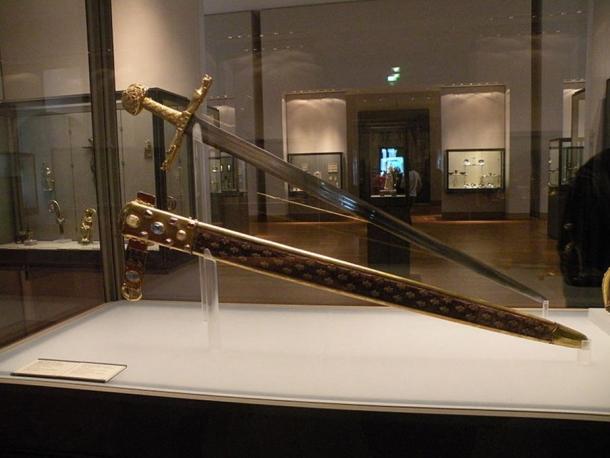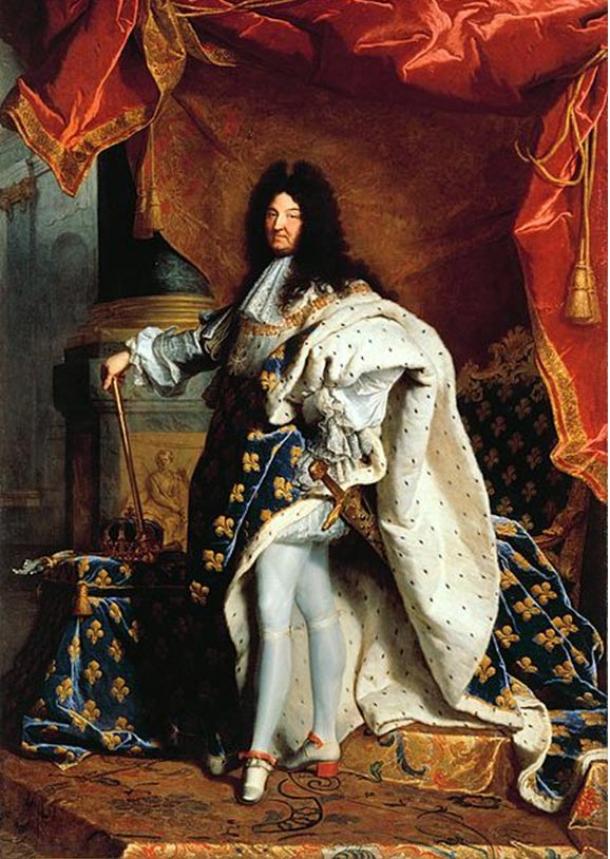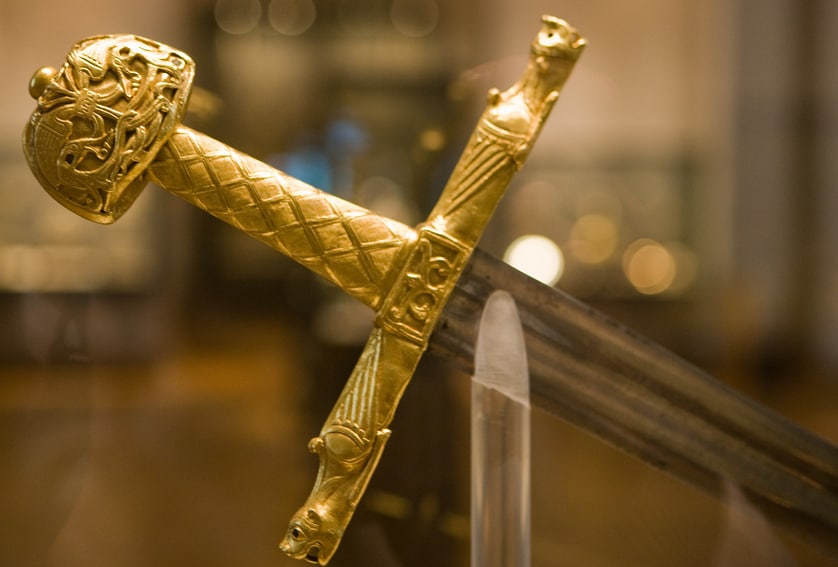One of the goals of our community content is to connect our players to For Honor via the many real world touchstones the game calls upon for inspiration. In this "Tale of Weapons" series of articles, we will explore legendary weapons that are either historical or mythological, which inspire our team's creation of the weapons wielded by the Knights, Vikings and Samurai of For Honor.
The story of Joyeuse (which means “Joyful” in French), the legendary sword of Emperor Charlemagne, brings a mixture of historical and mythological facts. mixes a lot of historical facts and mythology. Charlemagne is known to be the most powerful ruler in Europe after the fall of the Roman Empire. Just like Durendal, Joyeuse is also featured in the epic French poem The Song of Roland, which further blurs the lines between truth and fiction..
This beautiful one-handed sword was apparently forged around the year 802 AD by famous blacksmith Galas, who took 3 years to complete it. The sword features a flat blade with two sharp cutting edges, and was meant to be wielded with a shield in another hand. A lot of attention was put into details on the pommel, the grip and the cross-guard. It featured dragons at an early age and then a fleur-de-lys (that was later removed for Napoleon’s coronation). Charlemagne, who was a Christian Emperor of the West, was returning from Spain and set up a camp in the same area than where Galas was located. The Emperor needed a deadly, sharp and glorious weapon to fight all the battles his army was involved in. Charlemagne was known to be very brutal and ruthless, so he needed a sword that would live up to his reputation.
The Song of Roland describes a part of the Battle of Roncevaux featuring the sword: “[Charlemagne] was wearing his fine white coat of mail and his helmet with gold-studded stones; by his side hung Joyeuse, and never was there a sword to match it; its color changed thirty times a day.” Indeed, Joyeuse was known to have different powers including being so bright that it would outshine the sun, and blind entire armies standing in front of it.

Joyeuse at Le Louvre in Paris (Wikimedia Commons)
Charlemagne lost the sword during a battle and promised land to the one who could bring it back. One of his soldiers found and brought him the sword while fighting in the region of Ardèche. The Emperor did what he promised: he planted the sword on the ground and declared his soldier the lord and master of this land, which he called Joyeuse, named in honor of the sword.
After the death of Charlemagne in 814, what happened to Joyeuse is a bit of a mystery. We know that the sword became a national treasure used during coronations of French kings. It appeared during Philip the Bold’s coronation ceremony in 1270 at the Reims Cathedral. Many kings were celebrated the same way in the following centuries, including famous Louis XIV, who also used the sword during his coronation. All that time, Joyeuse was kept in Saint-Denis, inside a monastery, protected by monks.

King Louis XIV with Joyeuse, by Hyacinthe Rigaud (Wikimedia Commons)
Not being used as a weapon anymore, the sword had a lot of cosmetic changes throughout the years. The pommel changed, the grip, cross-guard and the scabbard as well. Different ornaments were added to give the sword a more prestigious look. All of those changes made Joyeuse an interesting blend of different aesthetic styles from all around Europe. In 1793, after the French revolution, the sword was moved to the Louvre museum in Paris where it still remains today. Charles X was the last French king to use the sword in a crowning ceremony in 1824. Some would argue that the sword sitting in the Louvre today is a replica, but no document actually proves it.
Joyeuse is still one of the most important swords of the French empire, being the only one used in coronation ceremonies for hundreds of years. It remains a symbol of power and glory but also a symbol of prestige and elegance, as the sword is still visually stunning today. Its legacy is undisputed, as Joyeuse is one of the most replicated historical weapons.






